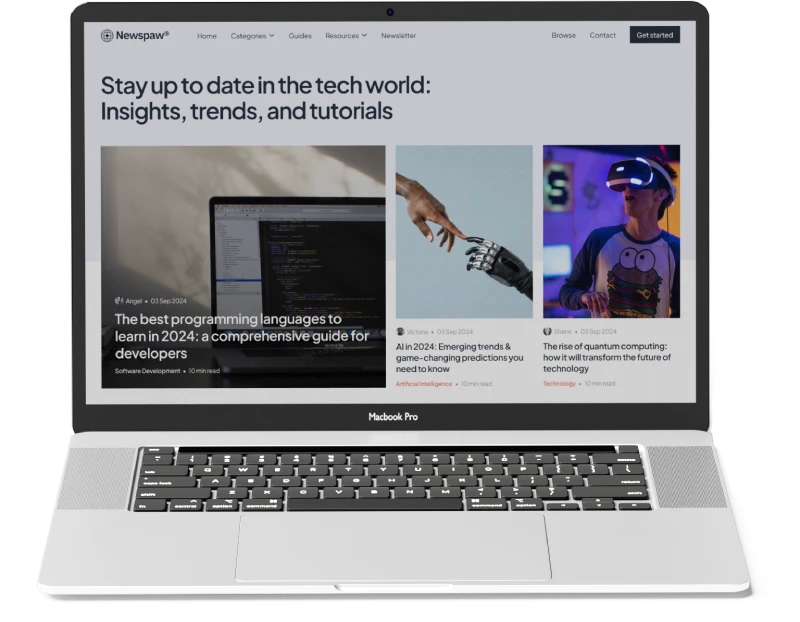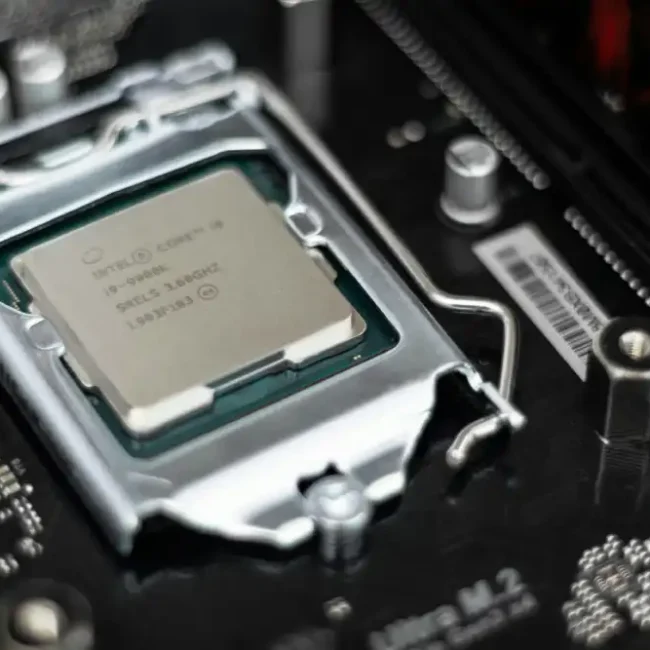Good: New York Federal Reserve report says Ai still needs humans
What it is:
A recent analysis by the New York Federal Reserve finds that, contrary to fears, AI hasn’t resulted in widespread layoffs in the manufacturing and service industries. Instead, businesses are increasingly retraining existing staff,embedding AI as a tool that supports, not replaces, human workers. AI use rose from 25% to 40% in service firmsover the past year, and from 16% to 26% in manufacturing—yet layoffs due to AI remain nearly nonexistent.
What it will do:
- Human-AI collaboration becomes the norm, reshaping workplace training models.
- Skill development transforms, with firms needing to invest in upskilling rather than replacing talent.
- Employment remains stable in the near term, supporting consumption and economic stability.
How you can benefit:
- Professional learning platforms (e.g., Coursera, LinkedIn Learning) will see rising demand for AI upskilling modules.
- Workflow tools that help humans manage and audit AI outputs—especially in enterprise software—offer growth opportunities.
Human-centered AI firms that focus on augmentation (not automation) may outperform more speculative AI names.
Bad: Canadian EV sales tank amid wider auto sales staying strong
What it is:
Electric vehicle sales in Canada have dropped sharply—35% in June alone, marking the fifth consecutive monthly decline—after the federal iZEV rebate ended in January and provinces reduced or suspended incentives. Quebec sales fellover 50% in Q1. Tesla, heavily reliant on rebates, saw registrations in Quebec collapse by 85%. Market share isdown to 7.9–8.7%, well off last year’s peak near 19%.
What it will do:
- EV adoption momentum evaporates without financial support.
- Automakers and charging infrastructure firms will see delayed revenue, unless incentives return.
- Policy uncertainty reigns, pressing the government to re-evaluate mandates or subsidies.
How you can benefit:
- Hold off on pure-play EV makers (esp. Tesla in Canada); refocus on hybrid or ICE players pivoting to electrification.
- Invest in charging infrastructure and utilities, positioned to benefit once incentives return.
Consider metals and battery recyclers, as Canadian supply chains could become more strategic amid shifts in EV production.
Ugly: The US Stock Markets tech focus shows clear risks in its lack of sector balance
What it is:
After tumbling in April following the Trump administration’s decision to impose the steepest tariffs since the 1930s, the S&P 500 has staged a surprising rebound. Technology stocks have been the driving force behind that recovery. By July, the information technology sector — anchored by Nvidia, Microsoft, Broadcom, Palantir, and Oracle — contributed nearly 54% of the S&P 500’s 8.6% total return, according to Howard Silverblatt of S&P Dow Jones Indices. Another 15.4% came from communications services, home to Meta, Netflix, and Amazon. Together, these two tech-heavy sectors generated almost 70% of the index’s entire gain.
What it will do:
The rally looks even more concentrated at the individual stock level. Nvidia alone delivered 26.2% of the index’stotal return. Microsoft added another 21.6%, followed by Meta at 9.8%, Broadcom at 8.3%, and Palantir at 4.5%.
How you can benefit:
- Use hedging instruments—like puts or covered calls—on AI and export-heavy tech names to manage swing risk.
- Broaden exposure via diversified tech ETFs, which buffer company-specific volatility.
- Track political events closely, mapping major speeches or policy announcements to volatility-based trading windows.





